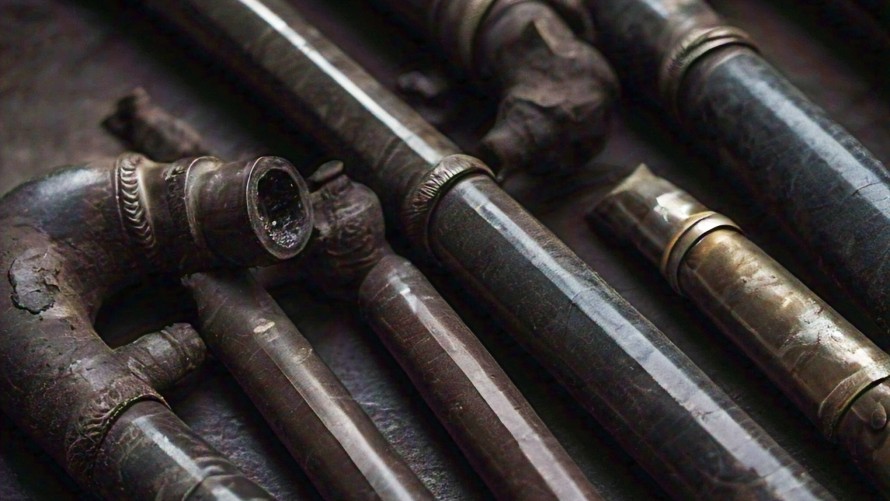Tapping Into A Solution: Scientists Use Sound To Find Lead Water Pipes

Researchers from Drexel University and Seaflower Consulting Services have found a way to locate lead water pipes without digging them up. By hitting a pipe and listening to the sound waves that reach the surface, they can tell what the pipe is made of. This could help water companies find and replace lead pipes faster.
Lead pipes have been contaminating water supplies across the country for many years. After the water crisis in Flint, Michigan, in 2014, many water companies have been working hard to figure out which pipes are made of lead. The government has also passed laws requiring all lead pipes to be removed by 2033, which means water companies need to work quickly.
“Lead pipes are clearly an urgent public health problem and replacing them is rightly a priority, particularly in urban areas,” said Ivan Bartoli, PhD, one of the leaders of the team and a professor in Drexel’s College of Engineering. “But the challenge in these areas is that many of the lines are so old that records may not exist and utility companies are left to verify whether or not they’re made of lead before they begin the costly and lengthy process of digging them up and replacing them.”
Current methods for testing pipes can be inconvenient, disruptive, and expensive. In Philadelphia, the Water Department thinks that about 20,000 of the 511,000 properties in the city might have lead pipes, but since 2017, they have only been able to replace 2,600 of them.
The Drexel team’s approach is based on a technique called ultrasonic stress wave propagation. They tested lead, copper, steel, and PVC pipes in the lab and found that each type of pipe produces a unique sound wave when hit. They also showed that these waves can be detected at the surface and used to identify the pipe material.
“These results present a promising opportunity for noninvasive identification of service lines,” said Charles Haas, PhD, LD Betz professor of environmental engineering in the College of Engineering and one of the project leaders.
The team is now working on a prototype system that could be used to identify pipes in the field. They are partnering with several water companies to test the prototype and improve their models.
“Utilities need to work quickly to map and verify their service lines, but they also must ensure that there are no misses,” said Kurt Sjoblom, PhD, a former professor in Drexel’s College of Engineering, who is the founder of Seaflower Consulting Services and a leader of the project. “If excavating their entire water system just isn’t feasible – a tool like this could help point them in the right direction and cut down on unnecessary excavation.”
No comments:
Post a Comment